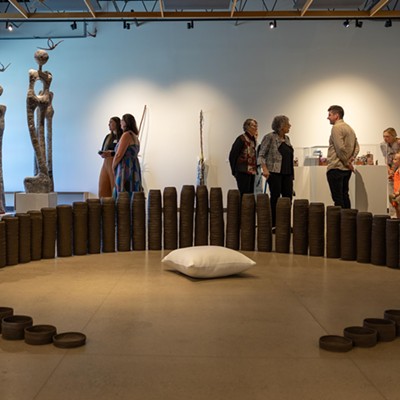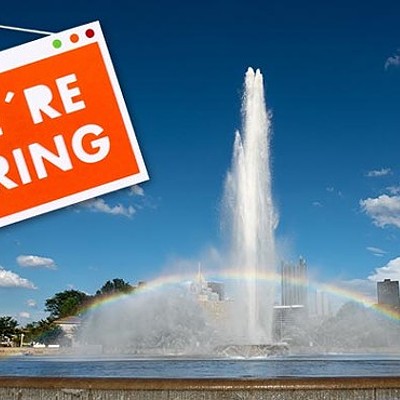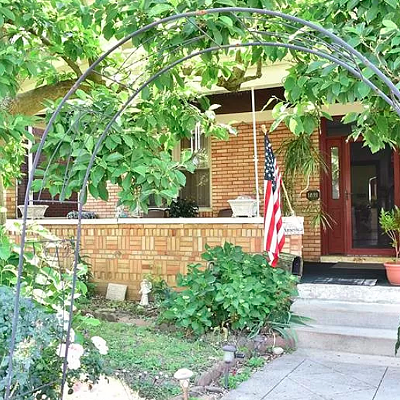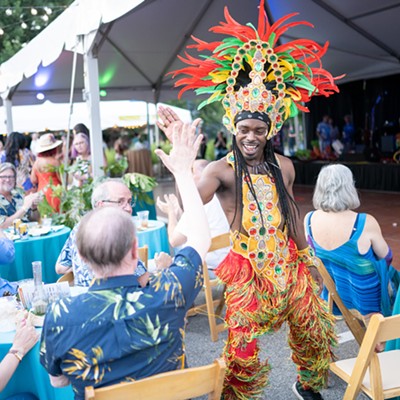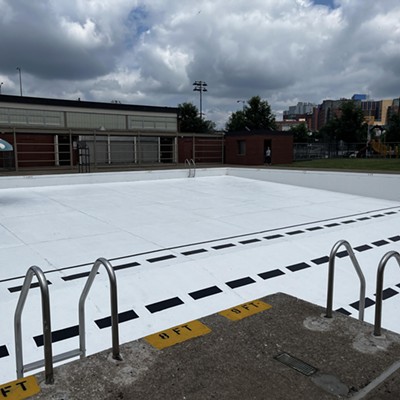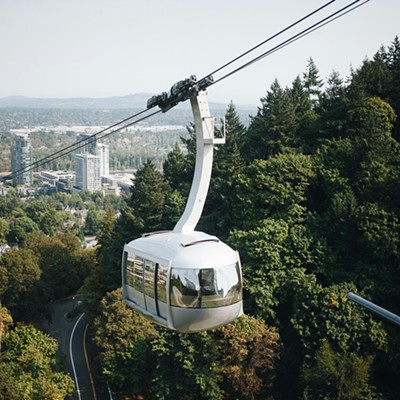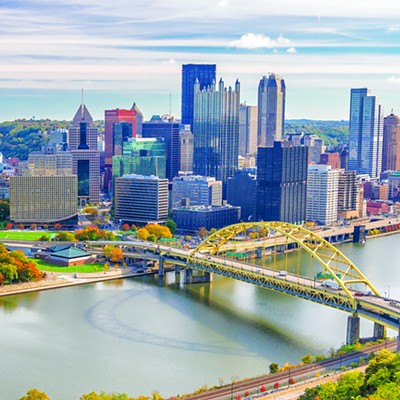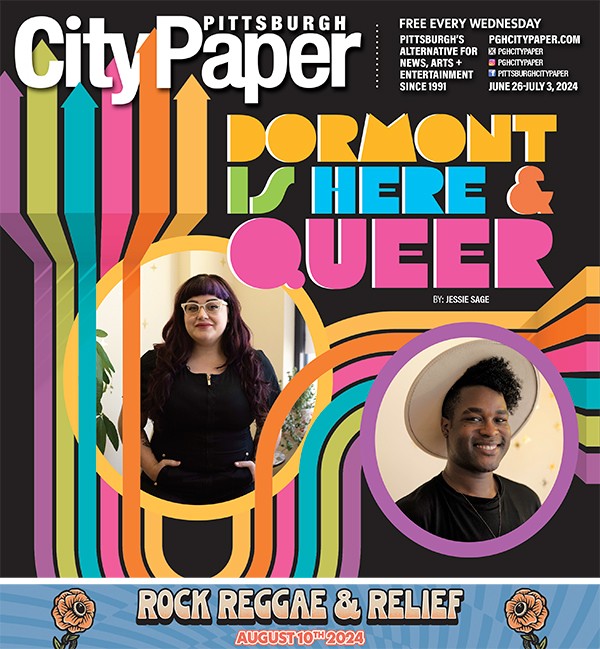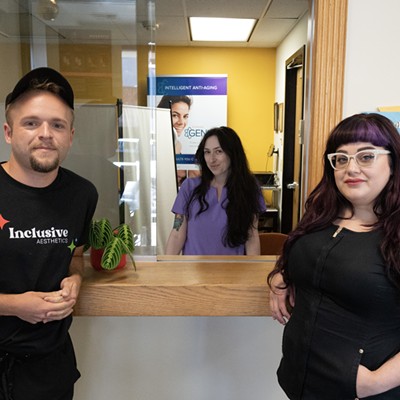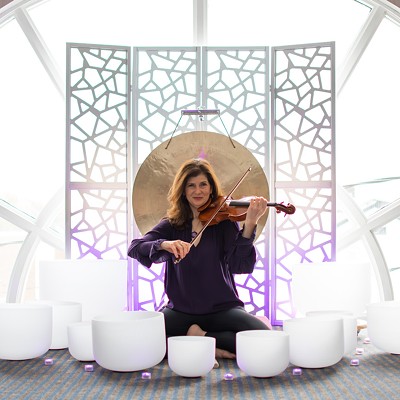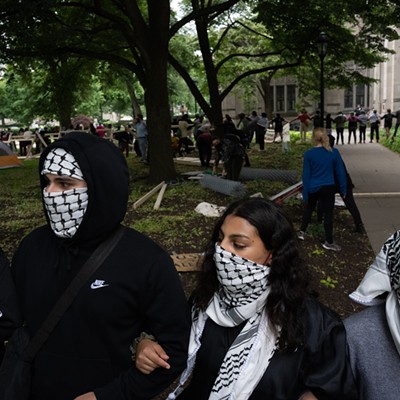To drive in Pittsburgh is to take your life into your own hands. Part of that is due to aggressive — and, in some cases, illegal — maneuvers such as the Pittsburgh left and widespread local treatment of red lights as “orange.” But part of the city’s touch-and-go driving is due to our severe topography and outdated infrastructure, as seen in our many confusing intersections that require oddly-timed red lights, quick merges that throw off unfamiliar motorists, and wide crossings that have contributed to a rise in pedestrian fatalities.
As European metropolises figured out some time ago, it doesn’t have to be like this. Enter the roundabout (or traffic circle).
The Federal Highway Administration says roundabouts can be “an effective option for managing speed and transitioning traffic from high-speed to low-speed environments.” The neckdowns required to channel traffic into the roundabout also offer pedestrians islands of refuge. Instead of a sea of asphalt and tangles of traffic lights, roundabouts can additionally serve as bicycle-friendly points of connection or venues for public art.
Moreover, roundabouts can turn a gnarly five- or six-way intersection that backs up at rush hour into a constantly moving junction that keeps traffic flowing at slower speeds.
Pittsburgh is littered with complicated intersections that hold drivers and cyclists at red lights for long periods of time. One such intersection, the Herron-Paulowna-Bigelow intersection in Polish Hill, recently lost both a pedestrian tunnel and a nearby overhead bridge, forcing walkers and rollers across four lanes of pothole-pocked roadway notorious for lead-footed drivers. Timing five different green lights plus turn lanes requires a complicated dance that can result in drivers waiting more than 15 minutes for a green light. A roundabout here would slow down Bigelow speeders while lowering wait time for drivers headed uphill or down.
There are numerous other intersections like this. The West End Bridge could end in several mini-roundabouts instead of a hard-to-navigate series of lights. The critical meeting of Penn and Fifth Aves. would flow much more smoothly with a roundabout. Adding one would also markedly improve the ridiculous Saw Mill Run-Glenbury-Ivy Glen-Hill mishmash in Overbrook. All of these intersections back up quickly and are overtly hostile to non-car traffic.
I’m in no way advocating for the return of the abominations that were the Allegheny and Penn Circles. Both were designed not to make traffic slower and safer but to speed suburbanites around poorly conceived urban renewal initiatives. But as the city considers more road diets, traffic-calming measures, and multimodal infrastructure, roundabouts should absolutely factor in.
Consider the car-centric wasteland that is the Bloomfield Bridge intersection, where Main St., Liberty Ave., Howley St., and several bike lanes converge at the “Welcome to Little Italy” sign (which has needed several restorations after vehicle collisions in just the past decade).
Rather than hold up drivers, walkers, cyclists, and rollers at a series of weirdly-timed lights, and force pedestrians across eight lanes of impatient Bloomfield traffic, a roundabout would provide spots of refuge that could be planted with shade-giving trees for a heat-island offsetting effect. It would also slow cars down as they leave the bridge and enter the narrow residential streets of Bloomfield. The Little Italy sign could even take a place of pride in the central island.
A carefully-planned roundabout could likely fit within the intersection’s existing footprint and make it far safer for area residents to walk to get groceries or head across Liberty for Italian ice or beer. It would likewise improve the streetscape ahead of the long-delayed ShurSave development.
Pittsburgh wasn’t built as a car city, and intersections like the Bloomfield Bridge are a relic of an age when retrofitting for cars, everything else be damned, was the going wisdom. But we’ve evolved. Vision Zero, speed humps, and public art are in; six-way intersections with faded crosswalks are out.
To bring Pittsburgh fully into a future where cars share the road rather than dominating it, it’s time to untangle the Gordian knots that are our scariest intersections and replace them with roundabouts. We need infrastructure that isn’t built solely for motorists, and roundabouts are an indispensable tool for making our streets safer for everyone. Perhaps, one day, maybe sooner than I dared hope, there will even be parts of the city that aren’t for motorists at all…


